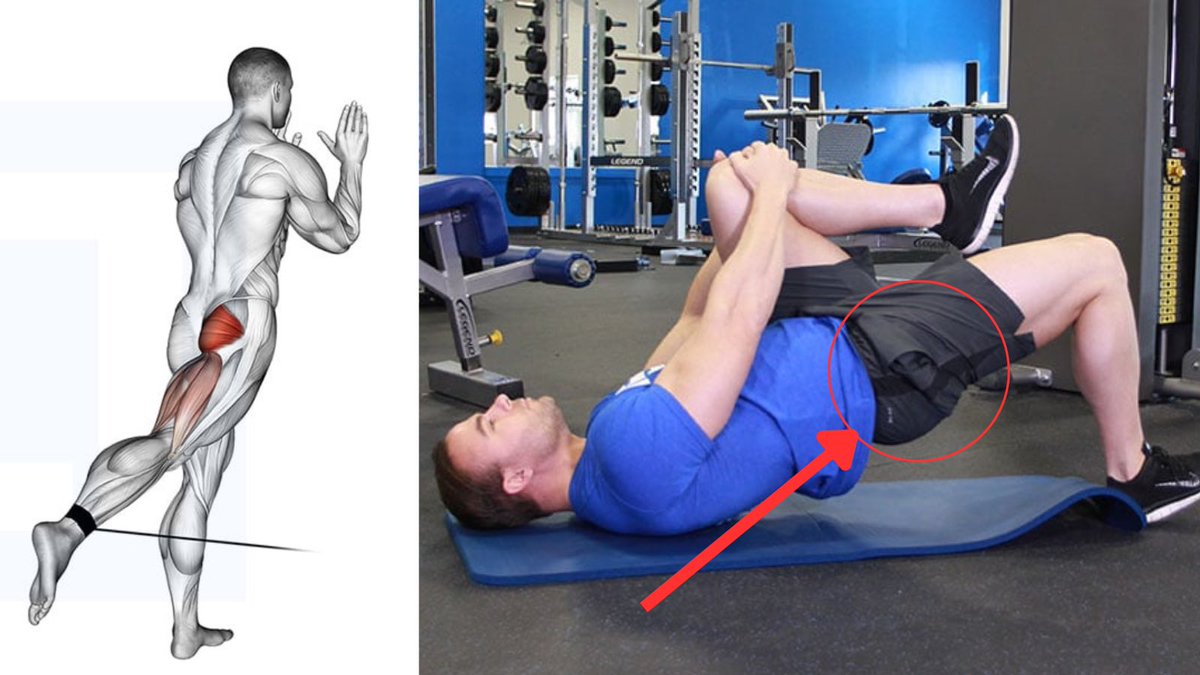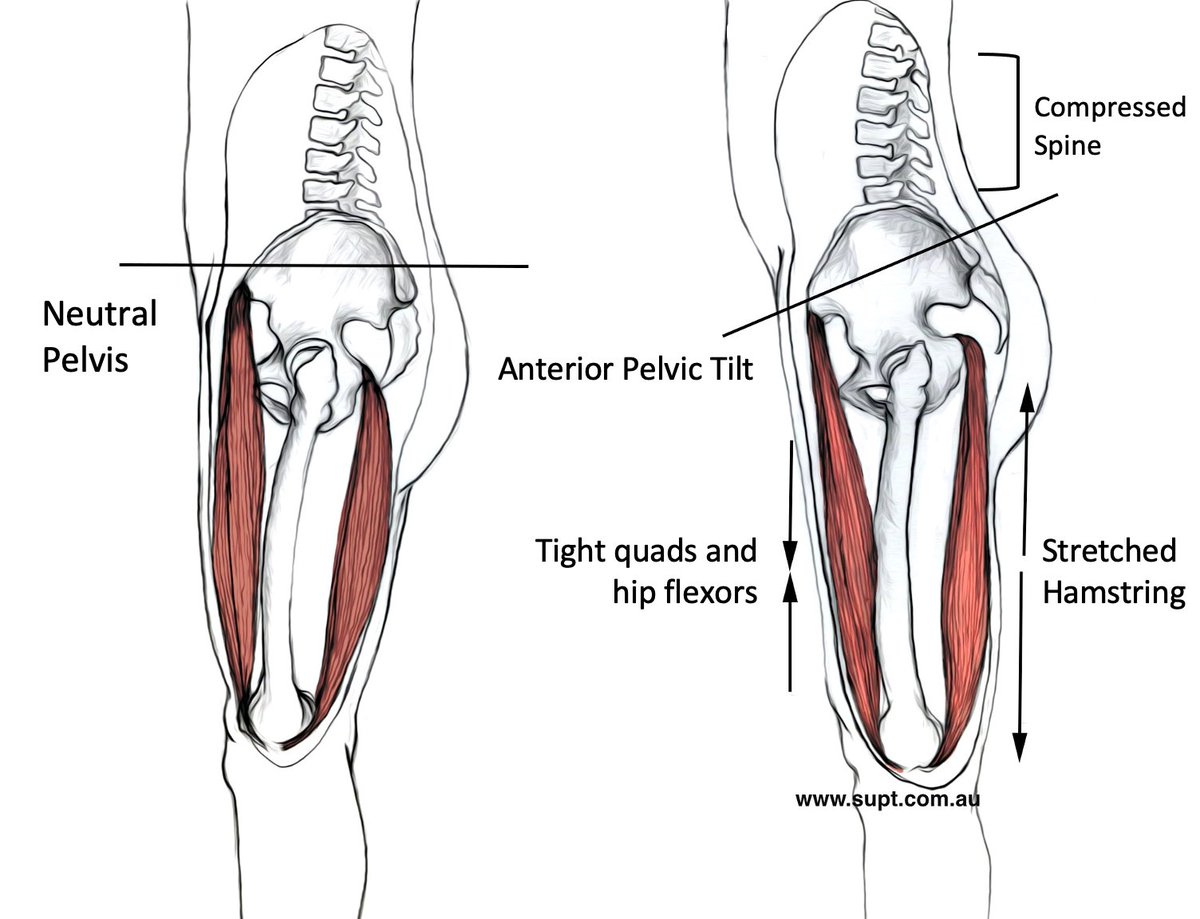
💪🏼Helping you move without limitations ⚙️Biomechanics & Anatomy 🧠 Click the link to see my programs & courses ⬇️
11 subscribers
How to get URL link on X (Twitter) App


 1️⃣ Why it’s so important
1️⃣ Why it’s so important
 Hip extension = your ability to bring your leg fully under you and slightly behind you.
Hip extension = your ability to bring your leg fully under you and slightly behind you.

 Most people with sciatica think the issue is their piriformis muscle being too tight and pressing on the sciatic nerve.
Most people with sciatica think the issue is their piriformis muscle being too tight and pressing on the sciatic nerve.

 First, it’s key to understand that the QL runs between your pelvic crest and lowest rib.
First, it’s key to understand that the QL runs between your pelvic crest and lowest rib. 

 The overlooked question:
The overlooked question:

 First, two key facts:
First, two key facts:
 Most people think “fixing posture” is about pulling your shoulders back.
Most people think “fixing posture” is about pulling your shoulders back.
 Let’s talk about the Thoracolumbar Fascia.
Let’s talk about the Thoracolumbar Fascia.

 Let’s start with what’s really happening when you hang:
Let’s start with what’s really happening when you hang:
 To get a muscle to contract powerfully, it first needs to be fully lengthened.
To get a muscle to contract powerfully, it first needs to be fully lengthened.
 Most people feel their hip flexors (like the psoas) are tight, so they stretch them constantly…
Most people feel their hip flexors (like the psoas) are tight, so they stretch them constantly…

 Yes, those typical glute med exercises do activate it.
Yes, those typical glute med exercises do activate it.